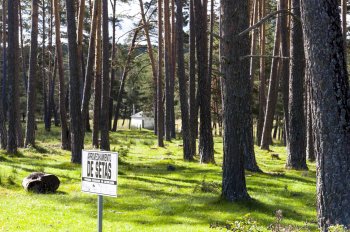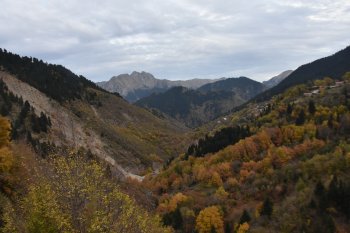Soria Gastronómica. International Congress of Mycology.
The aim of Soria Gastronomica as a gastronomic and cultural event for professionals in the hotel and catering sector, cooks, traders of food products, mushroom producers, mycologists, biologists, gastronomic press and lovers of mushroom world in general, is to share knowledge, provide updated information on any topic related to mycology, learn, teach and promote the province of Soria as one of the richest territories for its mycological production.



























